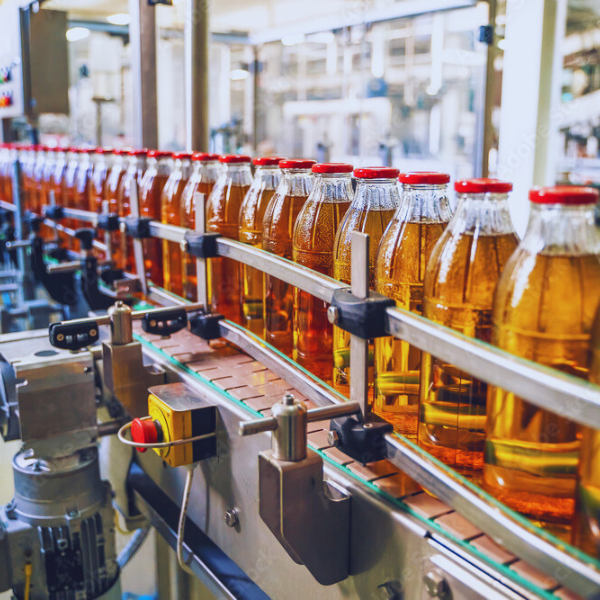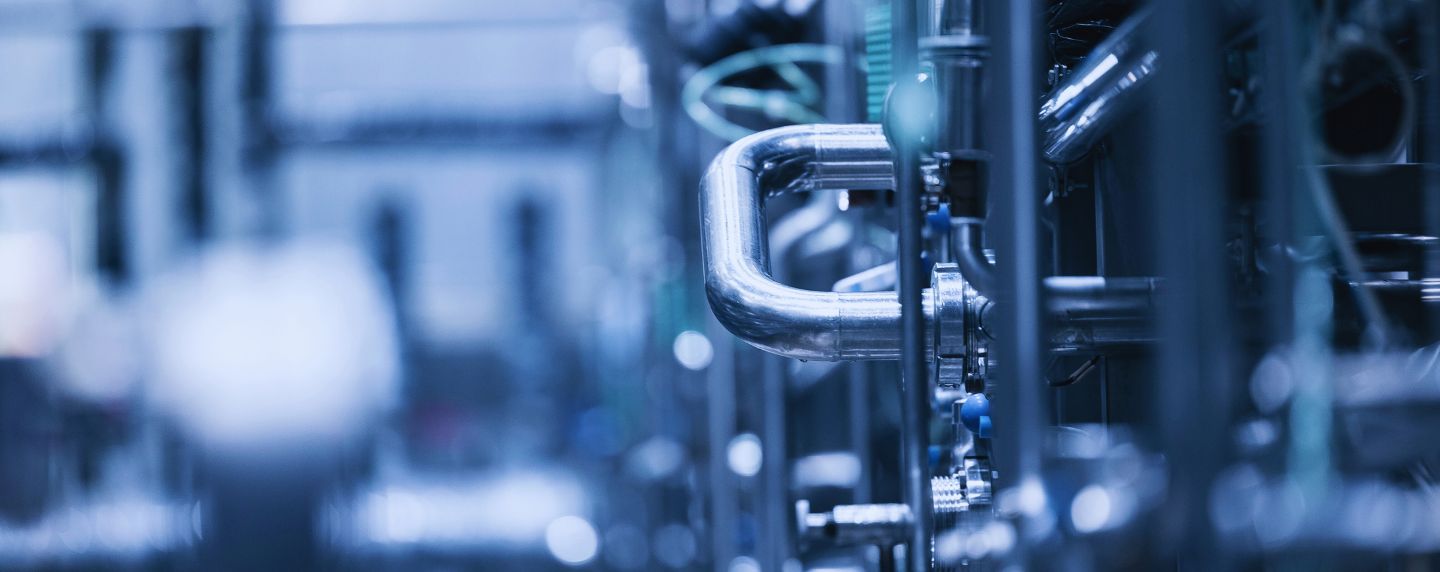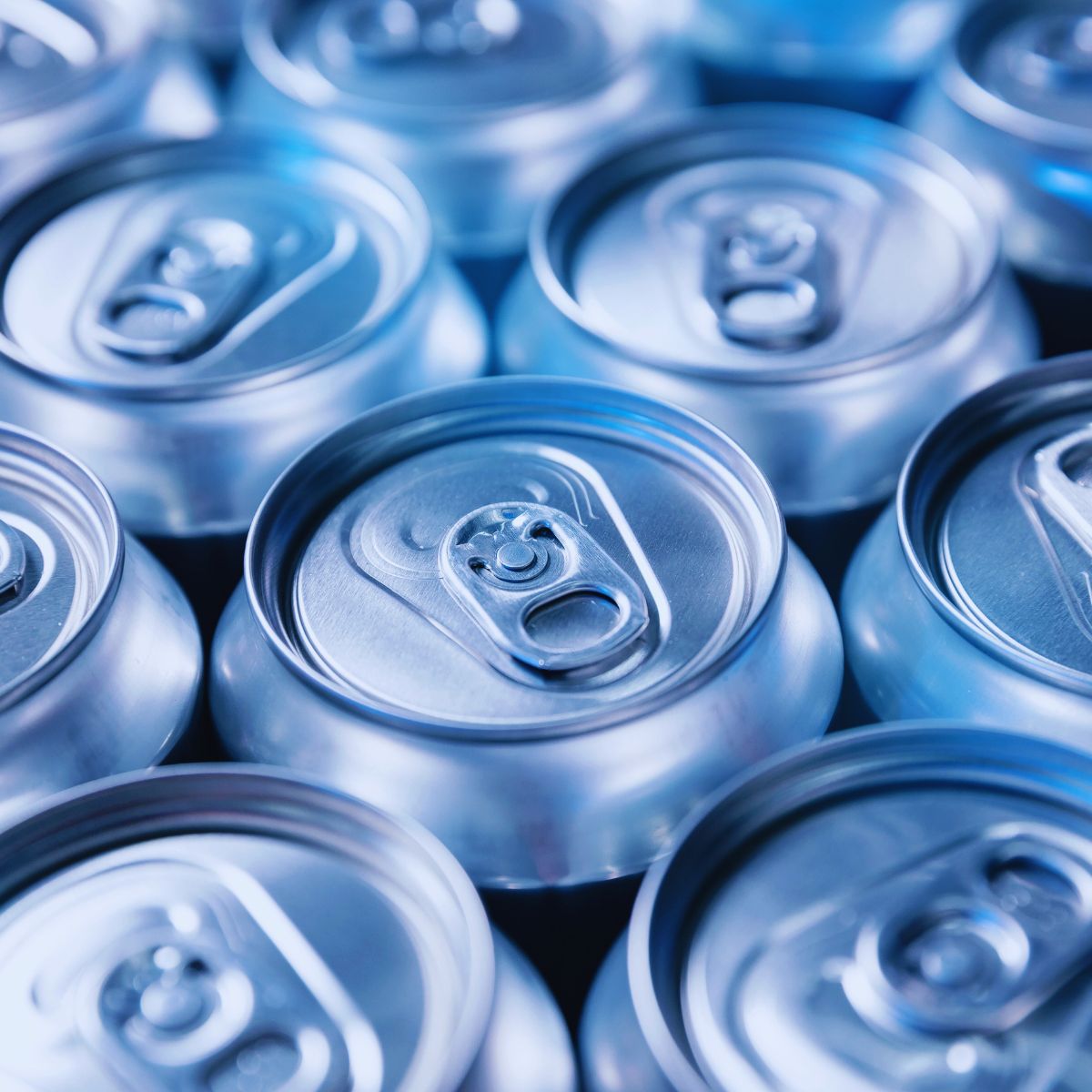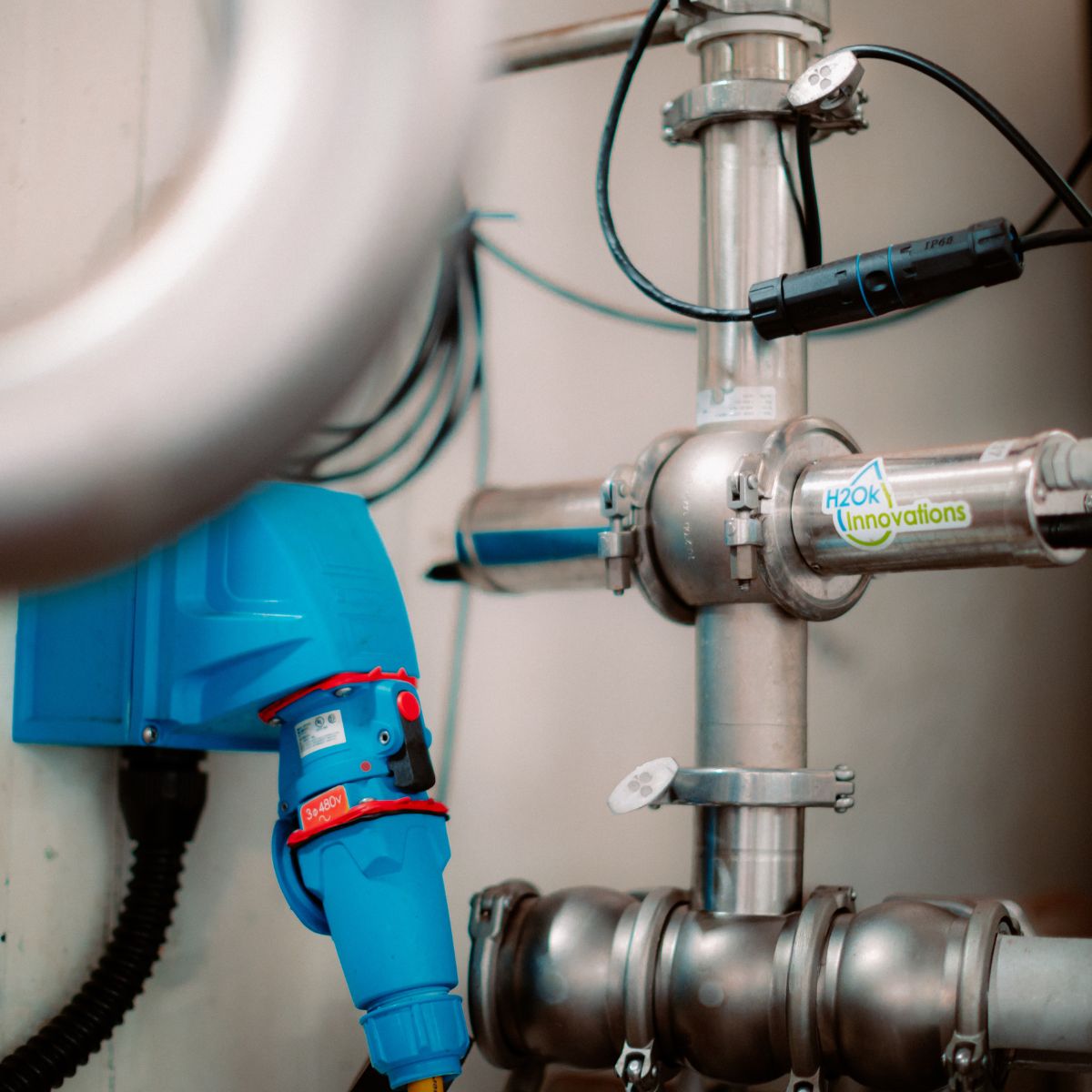
4 Trends to Watch at EATS 2025

.webp)
The Future of F&B Manufacturing
From AI-driven optimization to real-time quality control, here’s what’s shaping the next generation of food and beverage manufacturing.
Across the industry, factories are being asked to do more with less, less time, fewer resources, and higher expectations for quality. At EATS 2025, I’ll be looking for how the most forward-thinking companies are meeting that challenge and setting new standards for production.
Each year, EATS (the Equipment, Automation, and Technology Show) offers a front-row seat to how manufacturers are rethinking operations, from supply chain and formulation to automation and sustainability.
Here are four trends I’m watching closely going into this year’s show:
#1 Consumer-Driven Formulation: Agility on the Factory Floor
Consumer trends are reshaping production, from clean labels and plant-based ingredients to functional foods packed with protein, probiotics, or hydration benefits.
At EATS, I’m looking for how manufacturers are handling this SKU complexity, whether that means adding new lines, reengineering recipes, or running smarter schedules.
For Laminar, this shift is supported by the need for flexible intelligence. Science-backed, closed-loop automation that can learn, adjust, and scale as formulations evolve. This enables faster pivoting, improved agility, and future-proof operations while accommodating evolving consumer trends.
#2 Inline Intelligence: Real-Time Traceability and Control
Quality control has long been a time-consuming and resource-intensive process. Manual sampling and delayed lab results leave blind spots that lead to waste, rework, or worse, recalls.
I’ll be watching how manufacturers are transitioning QC from reactive to real-time, utilizing data to detect and correct issues as they occur.
Laminar connects static checks to live control loops, using machine learning to flag when a process starts drifting — whether it’s color, concentration, or viscosity — and automatically trigger corrective action. Every batch is tracked in detail, creating full traceability and a repeatable “Golden Batch.”
#3 AI on the Factory Floor: Turning Insights into Action
The boom of Artificial Intelligence is redefining what factory intelligence means. This shift enables operations to move from being reactive to being truly predictive and precise. With process data and rapid advances in machine learning, food and beverage (F&B) manufacturers are now able to optimize every part of their processes to improve precision and efficiency.
At EATS, I’m looking forward to seeing how AI is being used to tune process parameters and control loops in real time. I’m curious about how people are adapting and viewing digital twins to simulate factory behavior before changes are made, and to capture anomalies early, bringing predictive maintenance and performance insights into the hands of operators and engineering teams.
At Laminar, the next jump in productivity is coming from uniting science and data. Our spectral sensors and machine learning models work together to interpret what is happening inside every line and every pipe.
We predict outcomes and prescribe adjustments in milliseconds. By enabling live data AND automating based on the data, we are helping manufacturers move beyond just gaining data visibility to having a smart factory that continuously learns, adapts, and self-optimizes.
#4 The Rise of the Faster Factory
The future belongs to factories that adapt in real time.
Clean-in-Place systems that once ran on fixed timers are becoming dynamic, adjusting rinse duration and dosing chemistry automatically based on actual conditions. Product changeovers are evolving into shorter water flushes and product-to-product pushes to minimize waste and reclaim valuable production time.
Batch processes are moving from manual intervention to continuous, data-driven optimization. And quality control is shifting from manual inspections to in-line precision that safeguards every parameter and unit produced.
At Laminar, I see these advancements converging into a single capability: the faster factory.
By combining our patented spectral sensors with machine learning, we help manufacturers create a unified control layer that learns, predicts, and optimizes across every liquid process, not just monitoring performance, but continuously improving it. We do not want to provide a list of historical recommendations, but rather enable direct process actions.
At EATS 2025, we’ll be looking for companies and innovations that share this vision: factories that are adaptive by design, where CIP, changeovers, batching, and quality no longer compete for time, but flow together seamlessly.
Shaping the Future of the Food & Beverage Manufacturing
EATS 2025 isn’t just a showcase of technology. It’s a glimpse into the future of manufacturing. The conversations taking place here will shape how factories evolve to meet new demands with speed, precision, and sustainability.
At Laminar, we’re proud to help manufacturers run the best version of their factory every shift. If you’re ready to see what an adaptive, faster factory looks like in action, we’d love to connect in Chicago.
Let’s Shape the Future of Manufacturing Together. Visit Laminar at Booth 1528, South Building at EATS 2025.
Ready to explore how AI and machine learning are helping food and beverage manufacturers run the best version of their factory every shift?
Related Blog Posts

From Static CIP to Closed-Loop Optimization: How F&B Plants Get More Agile Instantly




.svg)

